Capital:
Vientiane
Currency
Kip
Best time to visit:
The best time to visit Laos is from November to February, when there is less humidity and temperatures are milder. It is also the period in which the greatest number of buns are concentrated, or national and regional holidays.
In a word:
Sa-ba-di (good morning)
Vaccines
Outpatient clinics and hospitals are lacking in terms of hygiene, equipment and qualifications. In case of need, it is advisable to move to Bangkok.
Malaria is present all year round throughout the country but not in Vientiane. Antimalarial prophylaxis is often recommended. Dengue is widespread: protect yourself from mosquito bites.
Warnings:
- In rural areas, don't go off the roads without a local guide - there are still unexploded mines from the Vietnam War
At the table:
The main ingredient of Laotian cuisine is rice. Khao niaw, glutinous rice, is the basis of every meal: you eat it with your fingers! The dishes smell of coriander, basil, lemongrass and other herbs and are not overly spicy. The accompanying jaew (sauces) are spicy. For breakfast, baguettes are eaten (a legacy from the time when the country was a French protectorate), often spread with sai nam nom (sweet concentrated milk) and banana pancakes.
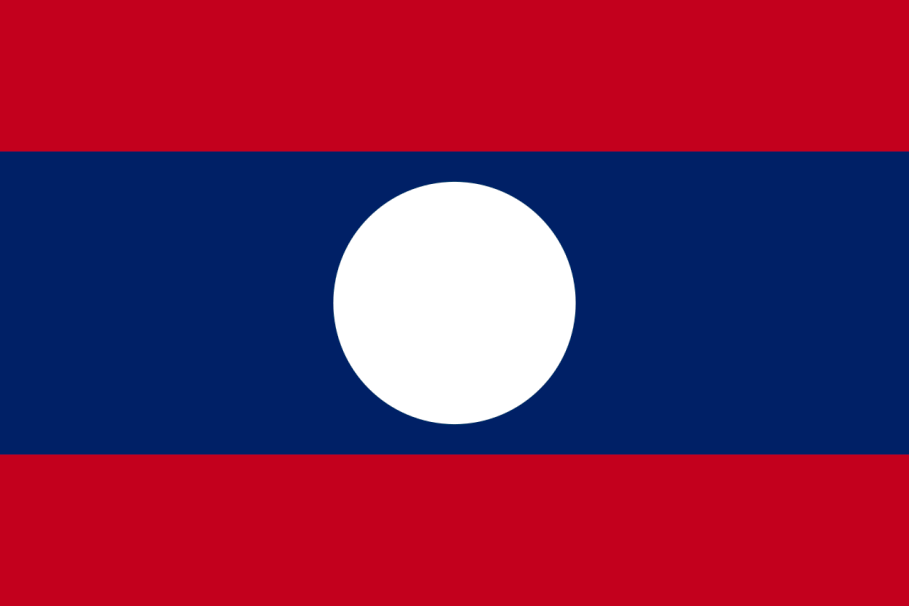

Essential experiences:
Sail on the placid waters of the legendary Mekong to reach the mythical Luang Prabang, after three days of navigation, from the north of Thailand; Rent a scooter and get lost in the dusty alleys that lap the jungle of Vang Vieng; Meet families of ethnic minorities near Phonsavan and Pian delle Giare; Watch the Buddhist monks' morning walk and offer them rice
Spectacular temples, processions of monks, Unesco sites in unspoiled nature are just a few aspects that make Laos very attractive, considered an Asian gem to be discovered. It is the least developed and therefore the most mysterious of the three states that made up French Indochina, also because, after colonial rule and internal conflicts, it found itself for years in a state of isolation that kept it in a sort of magical aura. The absence of external influences offers the visitor the opportunity to get in touch with a lifestyle that has remained almost unchanged over time and which allows for unique experiences.
A country with great natural beauty - rivers, mysterious mountains shrouded in mist and jungle-covered valleys - where the charm of the past blends with wild and unspoiled nature. And in which the ancient ethnic groups that still populate it, contribute to making it a stimulating and timeless territory.
We set sail from Chiang Kong and after three days of sailing along the Mekong River, we docked at the legendary Luang Prabang; from there we crossed Laos by bus: a fantastic experience: while the vehicle climbs the steep roads of the country, you can see from the window kilometers and kilometers of forest, mountains with breathtaking views, rushing rivers and small villages where life flows slowly , to the rhythm of the seasons.
Our suggested itinerary (13 days) | |
five days: | Pakbeng, Luang Prabang |
two days: | Phonsavan |
three days: | Vang Vieng |
three days: | Vientiane and land entry to Udon Thani, Thailand or flight to many locations in Southeast Asia |
We are in the north of Thailand, today begins the long crossing, along the Mekong, to reach the mythical city of Luang Prabang.
We cross the border in a canoe, we stamp our passport, we embark on a boat, a little bigger, and we set sail!
It is exciting to see Laotian daily life unfold along the river. Some women wash their clothes, some children take a bath, cows relax in the sun along the sandy coasts, the verdant landscape occasionally gives way to small villages built on stilts.
In the middle of the river we often graze giant stones corroded by the wind and water that make the background even more picturesque.
We arrive in Pakbeng at about 6 pm, after seven hours of navigation, but we are only halfway there ... tomorrow morning we will have to take another boat to reach Luang Prabang.
Pakbeng. Who has a small house has transformed it into a very minimal guest house, who has a small free space has turned it into a restaurant ... the others? They sell coke, nutella, Oreo, Pringles or prepare sandwiches for navigation! This is Pakbeng, pit stop, in the heart of nowhere, for those who want to reach Laos from Thailand by river!
Luang Prabang is one of the most fascinating places in Southeast Asia. A unique place in the world, where time seems to have stopped, although the life of the inhabitants has an implacable rhythm. The old city holds an important cultural heritage, enriched with temples and historic buildings not to be missed.
The city has been able to maintain its oriental charm unchanged thanks to the presence of numerous Buddhist temples built in the typical local style and which have allowed the city to enter the UNESCO world heritage list.
An unmissable event in Luang Prabang is the dawn meeting with the monks who, in single file, parade along the main street of the city to offer rice. At 05.30 in the morning, after getting a bowl of rice, we perch next to the premises waiting for these little men in red robes.
It is very exciting and certainly one of those moments that will never be forgotten during the whole trip!

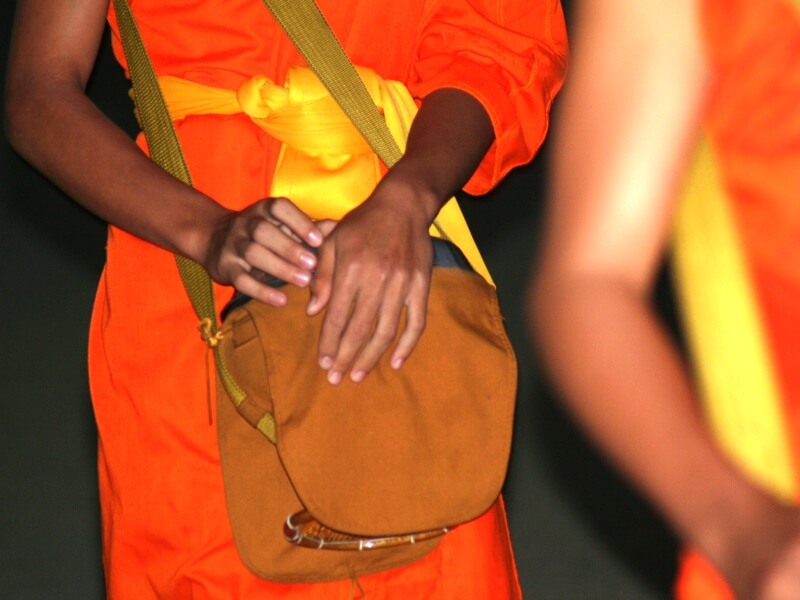
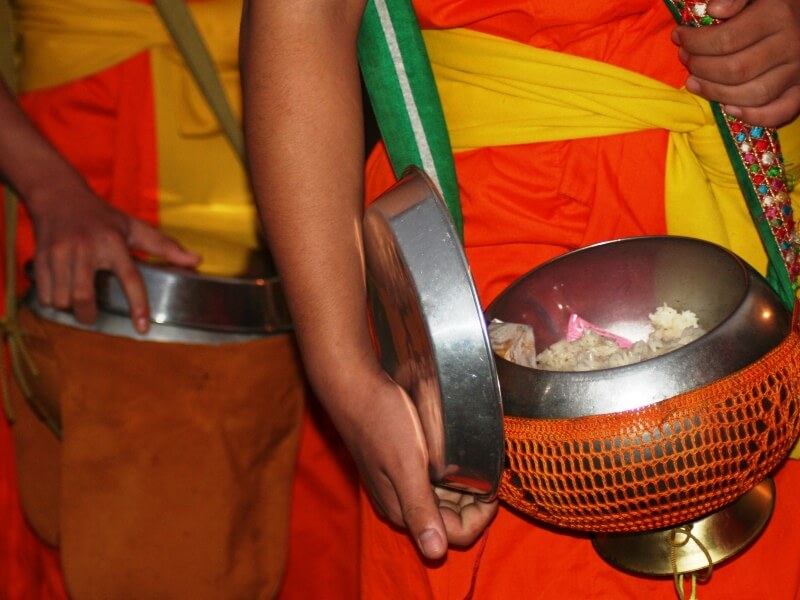


We spend the whole day discovering the many temples of the city.
Going up the steps you can admire an incredible sunset over the river. Then there are the Pak Ou caves where a place of worship is kept behind a rocky wall and a little further away, the Kaung Si waterfalls with natural pools. Finally, in the city center, there is a night market where artisans display their wares.
At Wat Sop we stop to chat with a young Buddhist monk who invites us to attend their daily prayer of 17.00
No sooner said than done. At that time, in religious silence we are seated at the bottom of the pagoda absorbed in admiring but above all listening to their hypnotic litany.
What a great experience!
The transfer Luang Prabang - Phonsavan is quite difficult if you decide, like us, to travel by minivan… seven hours of road in genuine Laos… shame on the roads… all ups, downs and curves. My poor stomach has been severely tested.
Phonsavan, the capital of the province of Xiengkhuang, in the Pek district, is the only village we meet in seven hours by road.




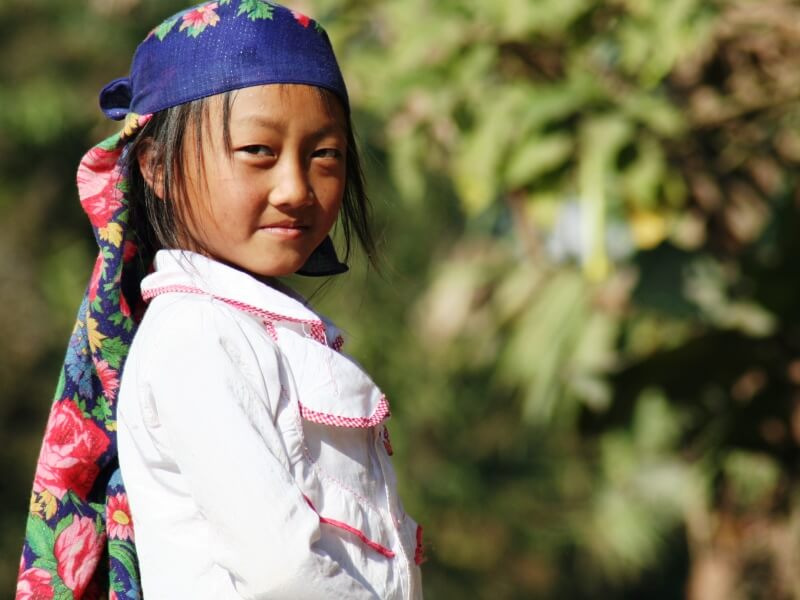

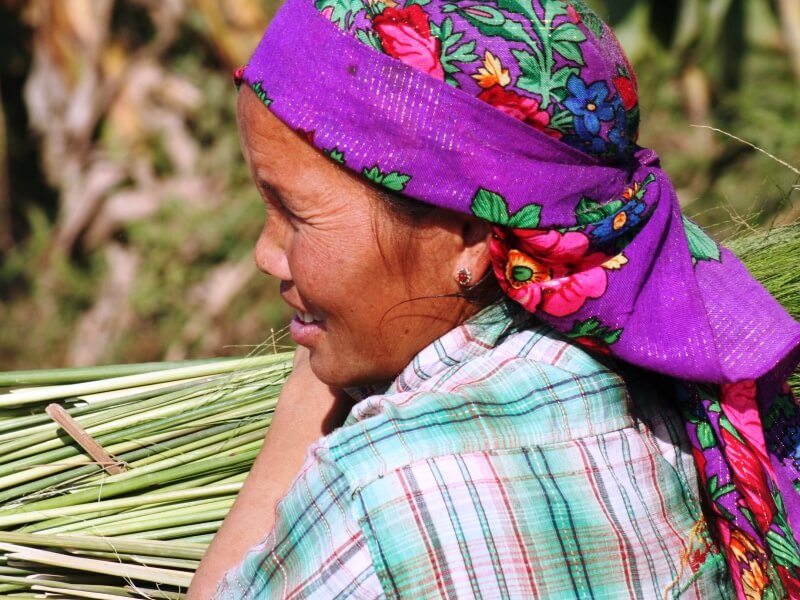
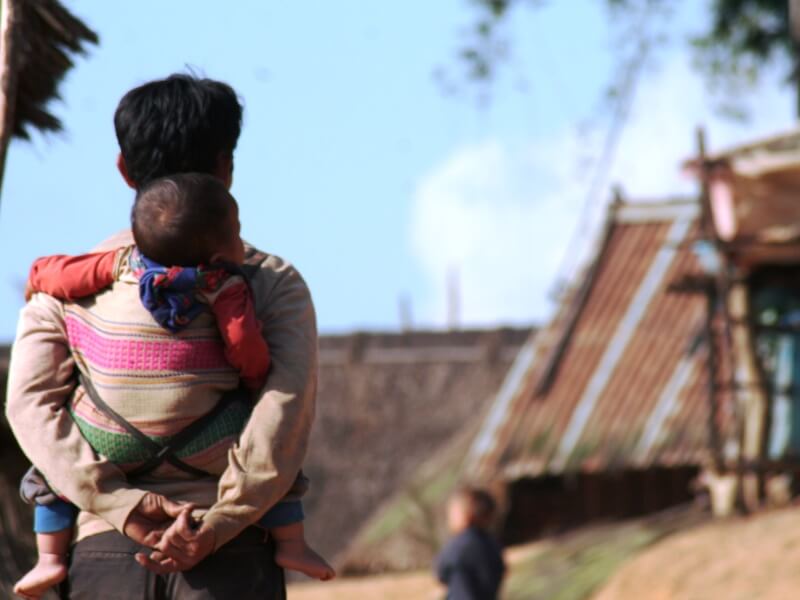
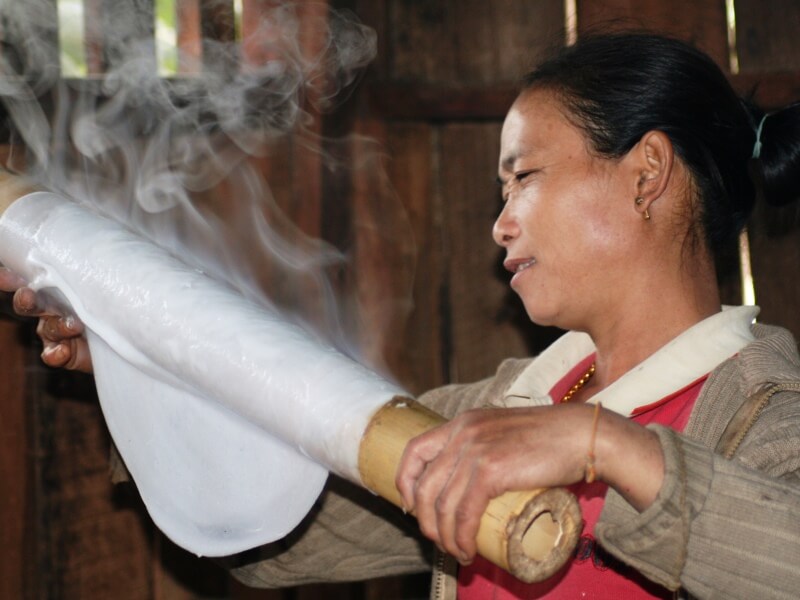
This city is famous for its "plain of jars".
It can be considered as a Laotian Stonehenge given the many mysteries that revolve around these huge boulders!
It is a strange expanse of gigantic stone jars, megaliths of unknown origin, which archaeologists date to the Asian Iron Age, between 500 BC. and 220 A.D.
However, only a small part can be visited, because some areas have not yet been reclaimed: the site is full of unexploded mines from the wars that were fought here.
I was so impressed by the visit to a village of "Hmong", an ethnic minority in northern Laos, in these cases you really understand that there are people in the world different from you. Here they get married at 13, each giving birth to a dozen children… the village, in fact, looks like an open-air nursery!
This area is sadly known for the so-called "crater area", an area punctured by American bombs ... well yes ... during the war in Vietnam, with the excuse that important Vietcong leaders were hiding in these areas, they were brutally bombed by American aircraft . Whole villages were razed to the ground and unfortunately the consequences are still being experienced today. Every year dozens of children or farmers jump on unexploded bombs due to imprudence or error ...
Six hours by bus on rough and curved roads in the most genuine Laos to reach this strange place framed by breathtaking vegetation.
Vang Vieng, a small town born on the banks of the Nam Song and surrounded by high limestone walls and bright green rice fields. It is a city split in two. On the one hand there are the old Laotians with their own traditions and cultures, on the other the "farang" with modern guesthouses, internet points and pubs that show repeated episodes of the Simpsons or Friends in English!
Although it contains some very interesting cultural attractions (Wat Si Vieng Song, Wat Kang and Wat Si Suman, Vang Vieng has long since become the most important center of Laos for extreme sports enthusiasts. , rafting, caving, motocross or mountain bike excursions and rock climbing.
After admiring yet another wonderful sunset, we decide to immerse ourselves in the life of Vang Vieng.
At the same time, many drunk kids return after a whole day of "tubing", that is, floating inside truck tires on the river. You see them limping, without flip-flops, bleeding, bandaged, walking like zombies and it seems they don't even know how they got there.
For 30,000 kip (3 USD) we rent a scooter.
We really want to enter this wild environment!
We cross plane tree plantations, luxuriant forests, red earth paths that contrast with the clear sky, sheer mountains covered with dark green vegetation ... we have traveled about 40 km along dirt roads, we have forded two or three rivers, three bridges, we are finished drinking with a group of drunkards on their lawn in front of their house, taking pictures of the children of a school, eating mandarins sitting in a small shop in a remote village, playing darts during a "village religious festival", witnessing a procession Buddhist, escaped by speeding to an illegal toll station, bogged down in a river, dropped the backpack into the water and then made it fly away from the running moped.
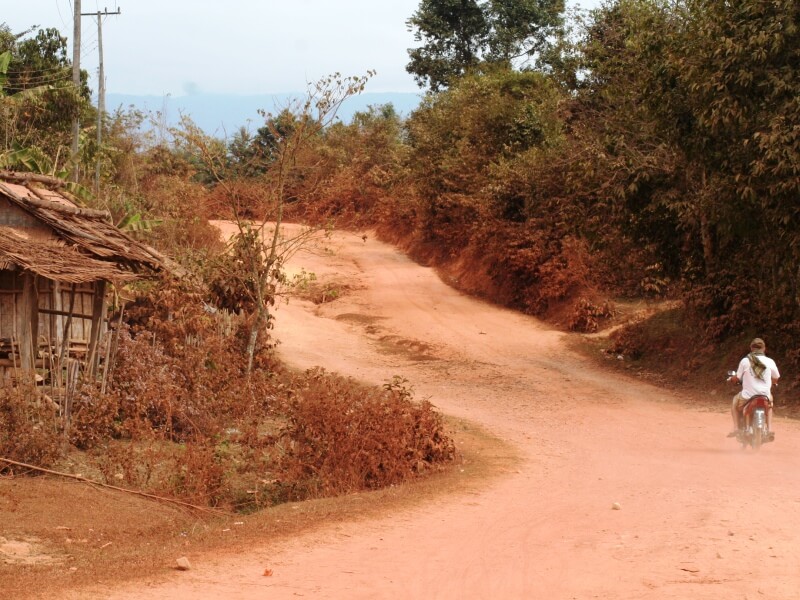
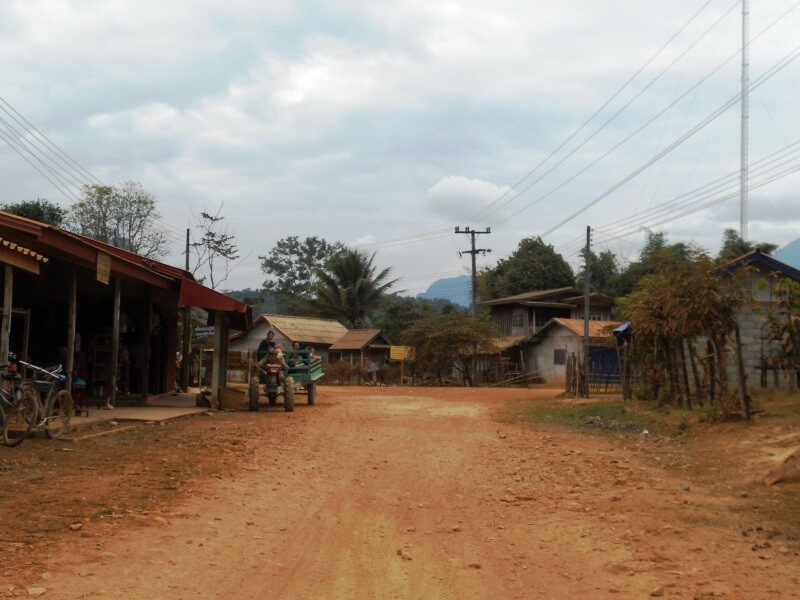
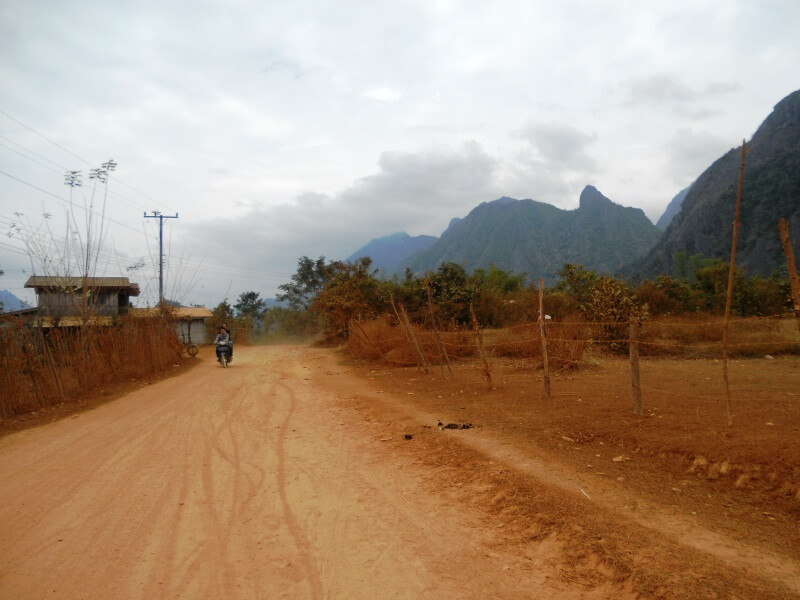
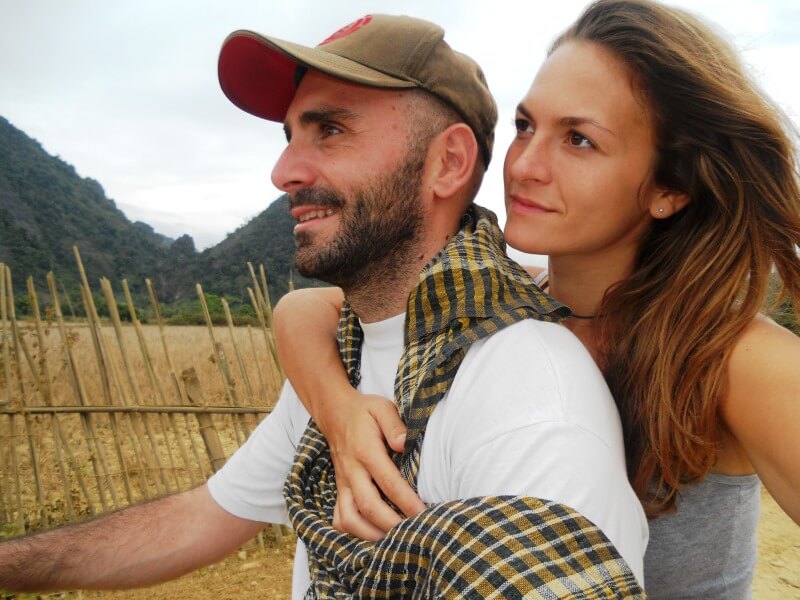
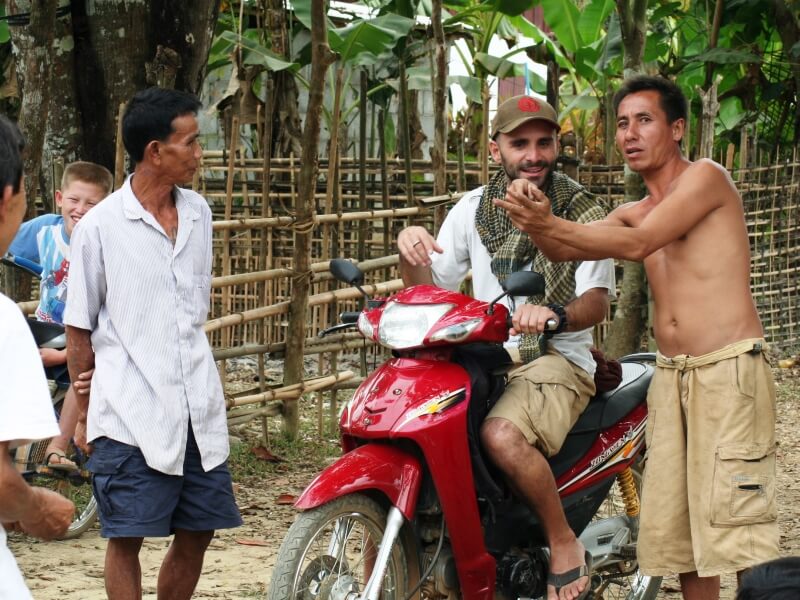
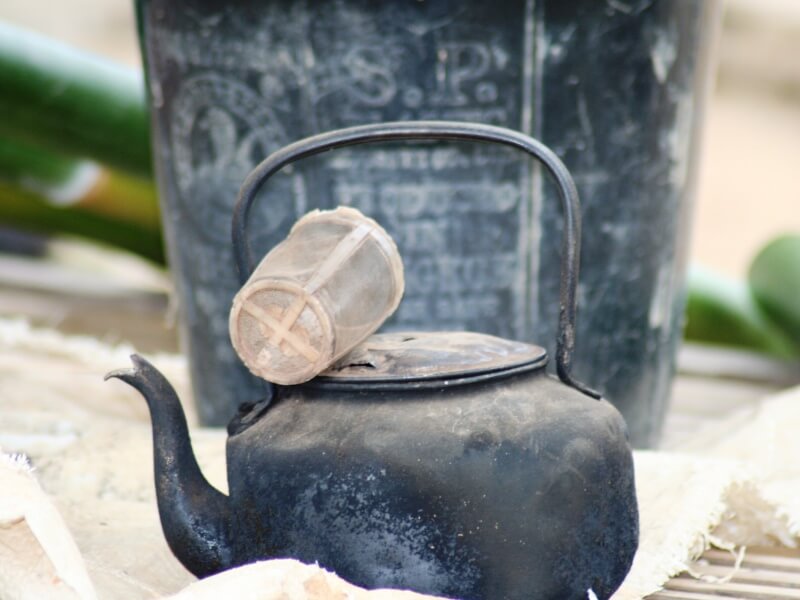
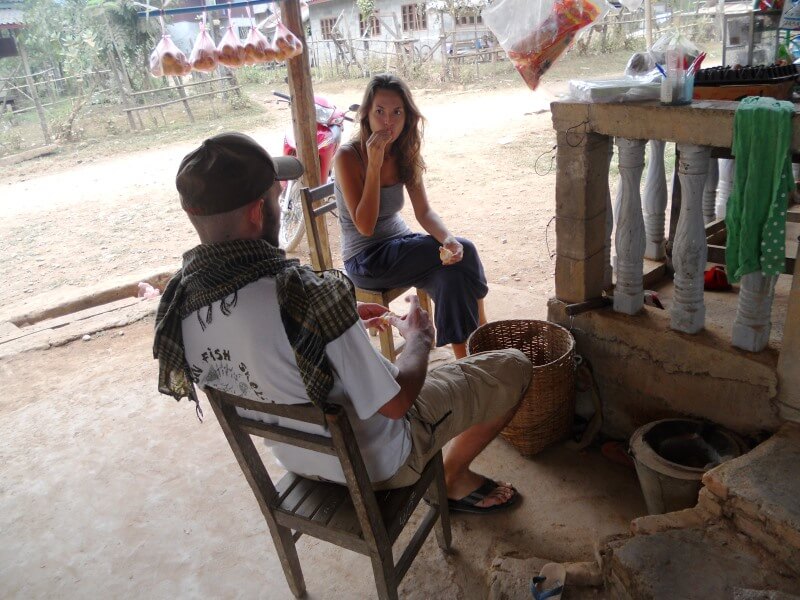
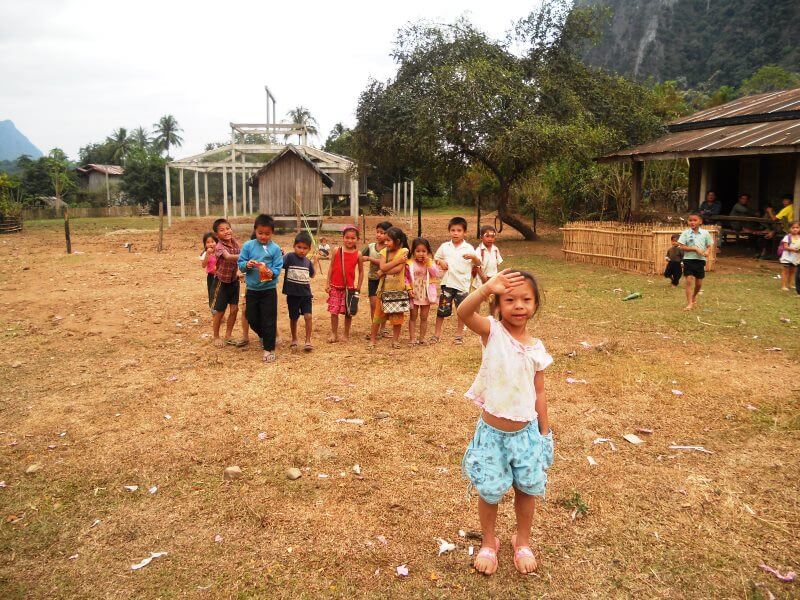
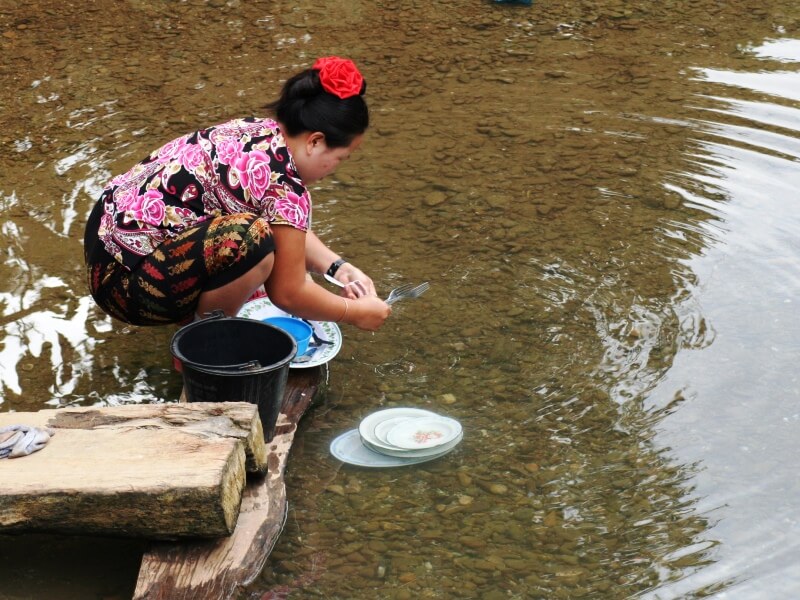
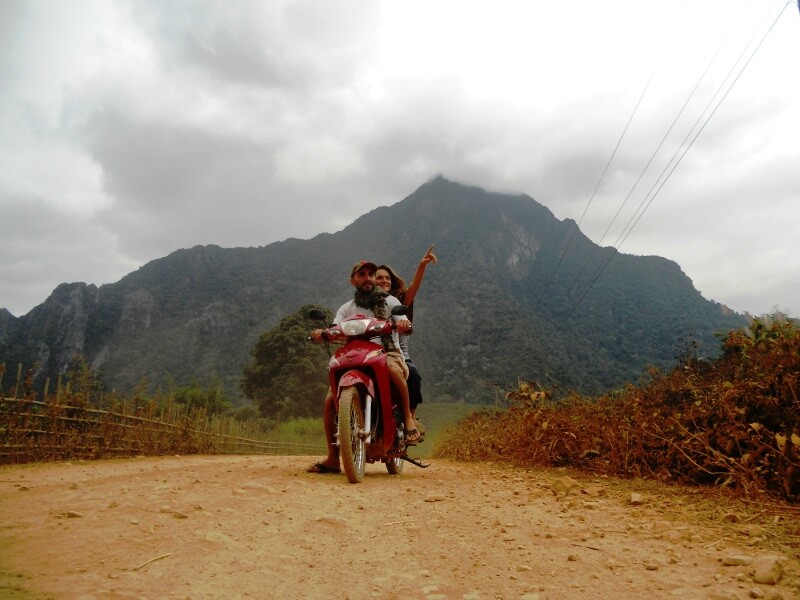
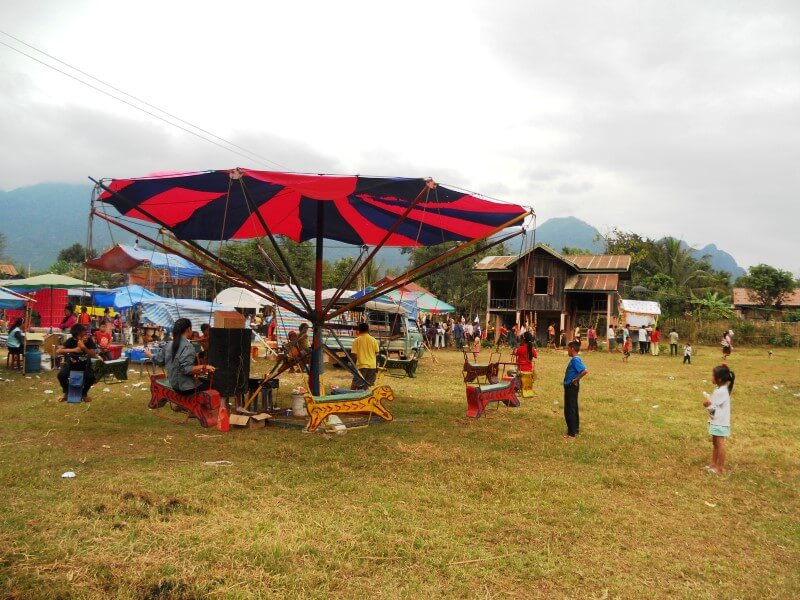
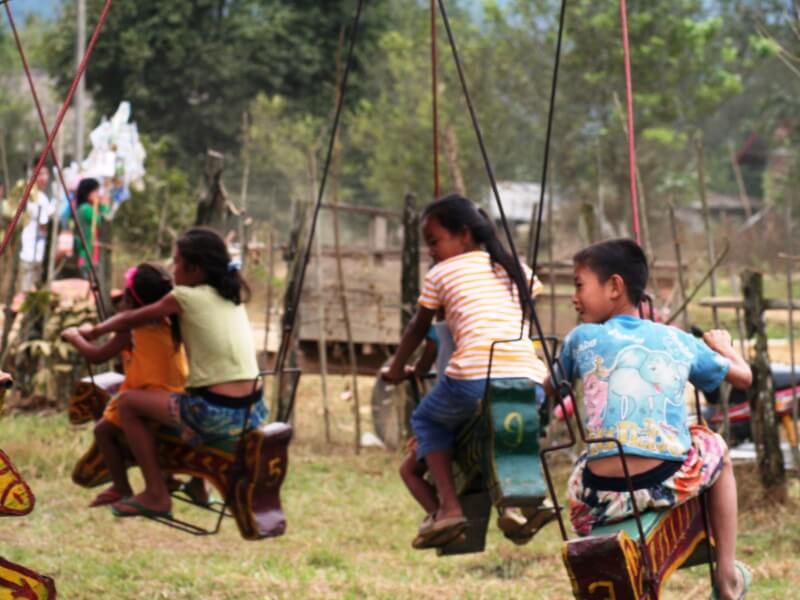
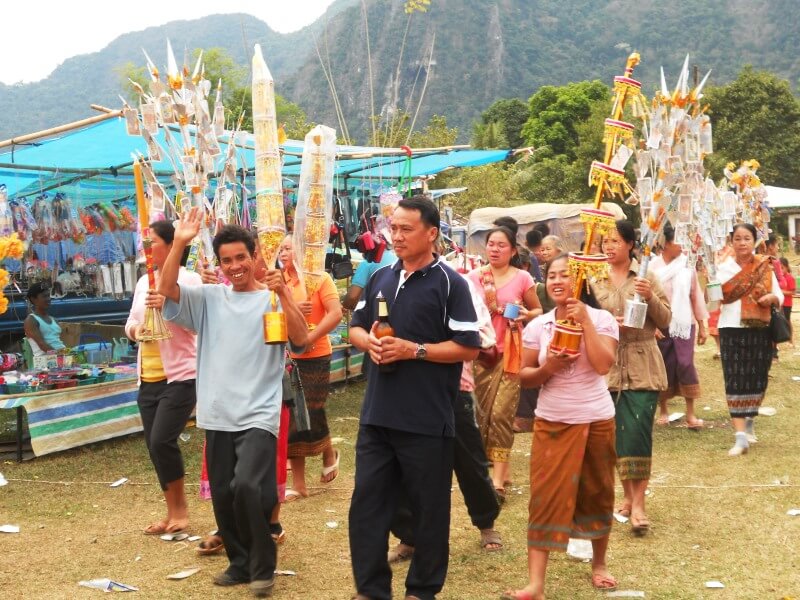

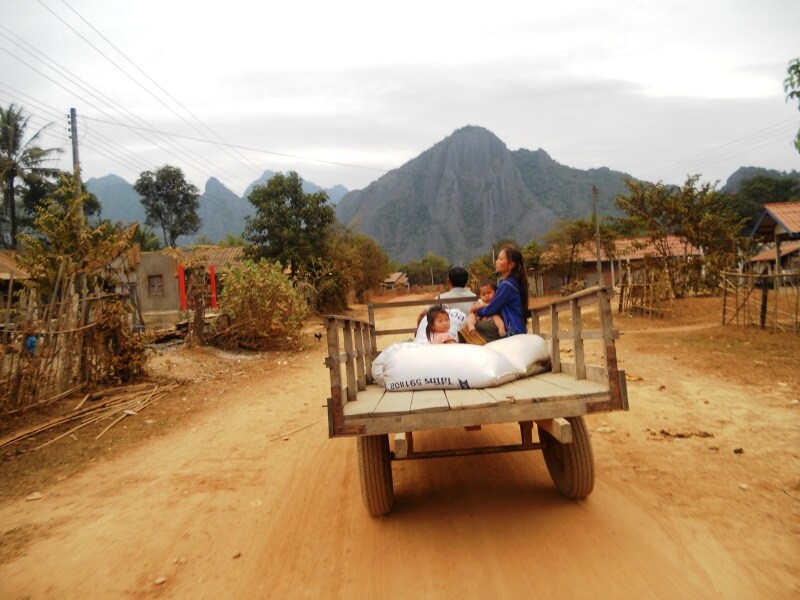
Curiosities
It is not surprising that excellent croissants and baguettes can be tasted in Laos: having been colonized by the French, it is one of the remaining traditions. Not many people know that Laotine beer is considered one of the best in the world, so much so that hop processing techniques were imported from Germany during the last century.
Capital of the country, it is located on the left bank of the Mekong River and on the border with Thailand.
Among the famous monuments: the Pha That Luang, the most important nationally. It symbolizes both the Buddhist religion and the political sovereignty of Laos.
Then there is the Patuxai, the Arc de Triomphe of Vientiane, dedicated to the fallen in the struggle for independence from France.
Temples: Wat Si Saket among the oldest, Haw Pha Kaeo sacred art here too.
Wat si Muang instead preserves the lak meuang or the phallic pillar considered as the abode of the spirit of the city.
We spend these last Laotian days wandering aimlessly through the narrow streets of Vientiane, stopping to meditate in a Buddhist temple, diving into its lively markets and planning our next trips.
From Vientiane, by plane, you can reach numerous cities in Southeast Asia but we decide, very simply, to cross the border, enter Thailand and precisely in Udon Thani, and here, magically, the choice of low cost flights becomes a lot wider and more convenient!
But this is another story!
Error: No feed found.
Please go to the Instagram Feed settings page to create a feed.
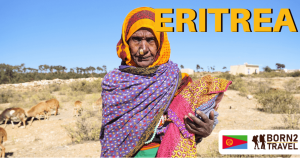
La perla del Mar Rosso Eritrea Capitale:Asmara Moneta:Nakfa Periodo migliore: